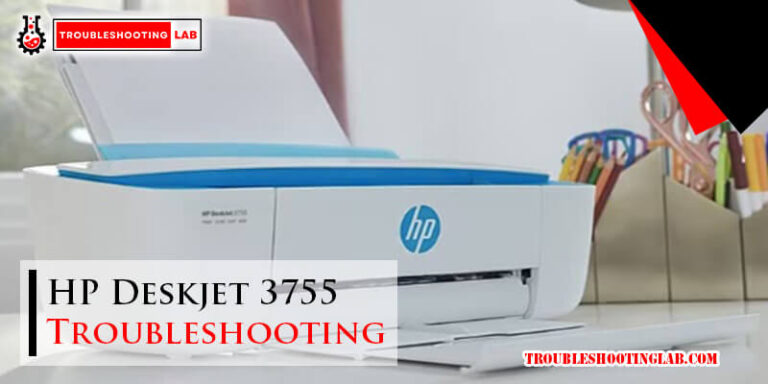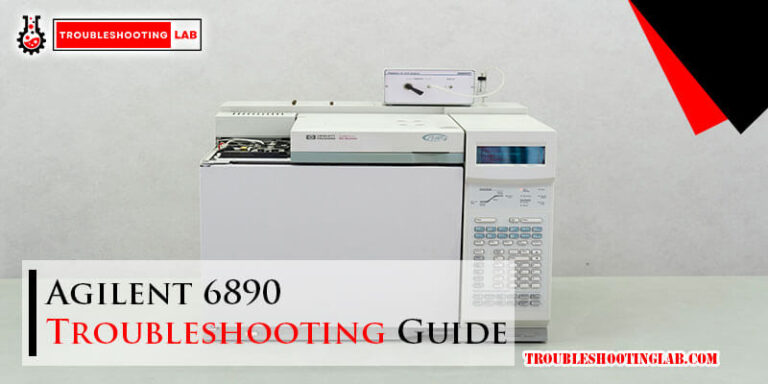Apc Ups Troubleshooting : The Ultimate Guide to Power Protection
APC UPS Troubleshooting involves checking power connections, battery status, and software settings to resolve issues effectively. When faced with UPS problems, follow these steps to diagnose and fix common issues promptly.
Having a reliable UPS system is essential for protecting your devices during power outages and fluctuations. However, encountering problems with your APC UPS can be frustrating. By understanding how to troubleshoot and resolve issues efficiently, you can ensure your equipment stays powered and protected.
We will explore some common troubleshooting steps to help you quickly address and resolve UPS issues with your APC device.

Common Apc Ups Issues
Common APC UPS issues can disrupt your workflow and jeopardize your important data. Here are some prevalent problems that users often encounter:
Battery Failure
Battery failure can lead to sudden power loss and potential data loss. Ensure to regularly check and replace batteries when needed.
Overloading Problems
Overloading can damage your UPS and connected equipment. Be mindful of the wattage limits and avoid excessive power draw.
Faulty Power Supply
A faulty power supply can cause erratic behavior in your APC UPS. Check the power source and connections for any issues.
Troubleshooting Steps
Troubleshooting Steps:
Begin by checking the power source and connections. Look for any visible damage on the UPS and cables.
Ensure all components are securely plugged in and the power switch is on. Verify the wall outlet is functioning.
- Download and install APC’s diagnostic software from their official website.
- Connect your UPS to the computer and run the diagnostic tool to identify any issues.
- Turn off the UPS and unplug all connections.
- Remove the old battery following the manufacturer’s instructions.
- Insert the new battery carefully, ensuring proper alignment.
- Reconnect all components and turn on the UPS to test.
| Issue | Solution |
|---|---|
| UPS beeps continuously | Disconnect non-essential devices to reduce the load. |
| Devices randomly shutting down | Check the power consumption of connected devices and remove any unnecessary items. |
Advanced Problem-solving
When it comes to dealing with advanced problems in APC UPS, having the right troubleshooting skills is crucial. Advanced problem-solving techniques are essential to identify and resolve complex issues that may arise with your APC UPS system. In this section, we will delve into different scenarios and solutions for advanced troubleshooting, including dealing with faulty power supply, software, and connectivity issues.
Dealing With Faulty Power Supply
When experiencing issues with a faulty power supply in your APC UPS, several steps can be taken to diagnose and resolve the problem. Here’s a step-by-step guide to assist you in troubleshooting power supply problems:
- Check the power input connections and ensure they are secured properly.
- Inspect the batteries for any signs of damage or deterioration.
- Use a multimeter to test the output voltage and current of the power supply to identify any irregularities.
- If the power supply unit is found to be faulty, consider replacing it with a new unit from the manufacturer.
Software And Connectivity Troubleshooting
When dealing with software or connectivity issues in your APC UPS, it’s important to follow the correct troubleshooting steps for a quick resolution. Consider the following tips when troubleshooting software and connectivity problems:
- Ensure that the software installed on the UPS is compatible with the operating system and is up to date.
- Check the USB or network connectivity to the UPS and verify if there are any physical or configuration-related issues.
- Update the firmware of the UPS to the latest version, as some software issues may be resolved through firmware upgrades.
- If connectivity issues persist, consider reinstalling the software and drivers associated with the UPS to address any potential software conflicts.
Maintenance And Best Practices
Maintenance and best practices are crucial for troubleshooting APC UPS. By following the recommended guidelines, you can ensure optimal performance and prevent potential issues. Regular maintenance, proper ventilation, and checking battery health are key aspects to consider.
Regular maintenance and implementing best practices are crucial for ensuring the optimal performance and longevity of your APC UPS. By following a few simple steps, you can troubleshoot issues and prevent potential problems from arising. In this section, we will outline some regular maintenance tips, explain how to implement UPS expansion, and discuss best practices for extending the lifespan of your UPS.
Regular Maintenance Tips
To keep your APC UPS operating smoothly, regular maintenance should be a part of your routine. Here are some essential maintenance tips to follow:
- Inspect the UPS regularly for any signs of damage or wear. This includes checking the battery, cables, and connectors for any visible issues.
- Clean the UPS and its surroundings to prevent dust accumulation. This will help maintain proper ventilation and prevent overheating.
- Test the UPS regularly by simulating a power outage. This will help ensure that the UPS is functioning correctly and can provide backup power when needed.
- Keep the UPS in an environment with suitable temperature and humidity levels. Extreme temperatures can affect the performance and lifespan of the UPS.
Implementing Ups Expansion
As your business grows, you may need to expand your power supply capacity by adding more UPS units. Here’s how you can implement UPS expansion effectively:
- Assess your power requirements and determine the capacity needed for your expanded setup.
- Choose an APC UPS model that aligns with your power requirements. Consider factors such as load capacity, battery runtime, and scalability.
- Ensure proper wiring and connectivity between the existing and new UPS units. Consult the APC UPS documentation for detailed instructions.
- Configure the expanded UPS setup using the provided software or web interface. This will allow you to monitor and manage the UPS units collectively.
Best Practices For Prolonging Ups Lifespan
To maximize the lifespan of your APC UPS, it is essential to follow these best practices:
- Avoid overloading the UPS by not exceeding its specified load capacity. This will prevent unnecessary stress on the UPS components.
- Ensure proper ventilation around the UPS unit to prevent overheating. Maintain sufficient space between the UPS and any obstructions.
- Regularly update the firmware of the UPS to benefit from the latest bug fixes and performance improvements.
- Keep the battery terminals clean and free from corrosion. Regularly inspect the battery for any signs of leakage or damage.
- Follow the manufacturer’s guidelines for battery replacement. Typically, UPS batteries should be replaced every 3-5 years to maintain optimal performance.
By incorporating these maintenance tips and best practices into your UPS management routine, you can ensure the reliability and longevity of your APC UPS system.
Frequently Asked Questions Of Apc Ups Troubleshooting
How Do I Troubleshoot My Apc Ups?
Check the power source, ensure proper connections, reset the unit, and verify battery health.
Why Is My Apc Ups Not Turning On?
Possible reasons include a faulty power cord, exhausted battery, or an internal component failure.
What Should I Do If My Apc Ups Is Making A Loud Noise?
Check for loose parts, inspect the fan, and clean any accumulated dust to resolve the issue.
How Can I Determine If My Apc Ups Battery Needs Replacement?
Monitor the battery age, perform a self-test, and check for warning indicators on the UPS.
What Can Cause My Apc Ups To Randomly Shut Down?
Overload conditions, faulty firmware, or internal component issues may lead to unexpected shutdowns.
Conclusion
After troubleshooting your APC UPS, you can ensure uninterrupted power supply. Regular maintenance and early detection of issues can prevent downtime. By following these steps, you can resolve most common UPS issues efficiently. Keep your UPS in top condition and rest easy knowing your devices are safeguarded.






